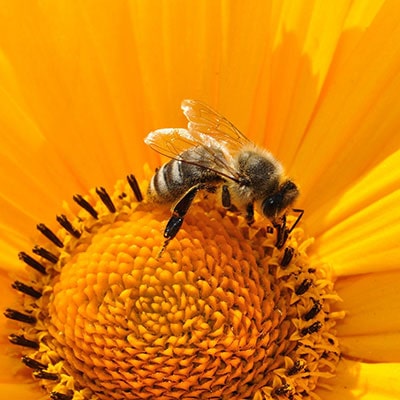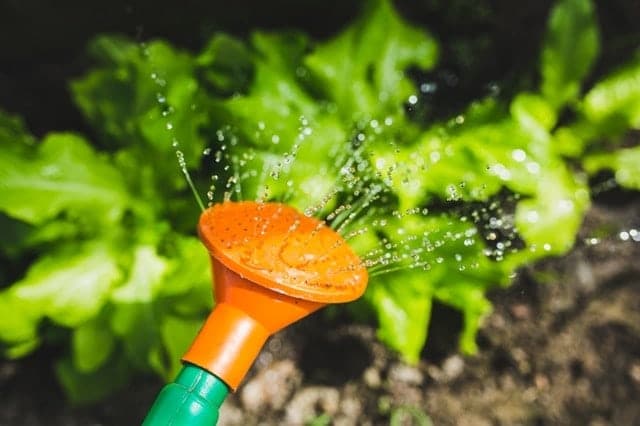
We spoke with Kelly from Botanical PaperWorks about what they do, the importance of eco-friendly products and practices, and some great tips for saving water while you garden. Check out the interview below!
Our interview with Botanical PaperWorks
1. You are a world-leading producer of eco-friendly seed paper. How did your interest in this area begin?
It actually all began with a mother-daughter duo, Mary Reimer, a teacher and Heidi Reimer-Epp, a marketing and business professional. Before the time of recycling, Mary was looking for ways to reuse leftover paper from her students and discovered eco-friendly papermaking. The two were excited to try new ideas and it eventually became a full-time passion. After creating Heidi’s wedding stationery and receiving much praise over the creativity of the seed paper, a business was born.
2. Your seed paper products grow into flowers, herbs or vegetables. How many different varieties would you say you had?
We offer 12 seed types/blends on our website but also work to create custom seed paper upon request such as mint seed coasters for a Bacardi campaign. We love to try new seed types, but we also have high standards for germination rates and smoothness for printing so not every seed makes the cut. It must grow easily and it must be print friendly.
3. This is a great example of how everyday items could be beneficial for the environment, but do you think more needs to be done to encourage this type of recycling?
We are living in an age where people are finally aware of the impact industrialization is having on our planet; so now more than ever, consumers care about the products and services they choose. While many businesses are finding ways to reduce waste and offer greener materials, it is the consumer who must demand it. If the market is there, corporations will be more determined to offer eco-friendly solutions. So yes, more can always be done and it starts at home with us as individuals.
4. On your blog, you talk about water-saving gardening tips. How can we do more to use less water in the garden?
Saving water when it comes to your garden is easier than you might think. Changing a few simple practices can keep your garden fresh and green while conserving as much water as possible. Here are some specific ideas that we go into in more detail on our blog.
- Water in the A.M. to make sure more water goes into the ground than evaporates into the air.
- Don't fear a little dryness, it's perfectly fine to leave them as they are until they show signs of wilting if needed.
- Let the rain do the work. Sprinklers can use as much water as a family of four uses in one day! Hold out if you can and keep an eye on the weather forecast.
- Install a water butt to collect rainfall from the roof of your house.
- Make use of grey water. Reusing household water can go a long way. Just avoid anything containing bleach, disinfectants or strong cleaners.
- Don’t let rain go to waste. Use a rain barrel to collect it for future use.
- Add some mulch to lock in moisture.
- Plant native species if you can. They are low maintenance and provide natural habitats for bees and butterflies.
- Make your gardens block style to create micro-climates and shade and help reduce water evaporation.
- Choose plants wisely. Bigger plants will require more water so you might want to choose a smaller style. You can also use companion planting to assist growth.

A large part of gardening is making sure you aren’t hurting the environment with chemicals, do you have any tips for getting started with natural/organic gardening?
We have a great blog post with 5 Natural Pesticide Recipes You Can Make At Home that use simple ingredients for a variety of pest problems and below are some easy starter tips for eco-friendly gardening practices.
- Plant sunflowers, marigolds, and candytuft to attract ladybugs and lacewings, which eat aphids.
- Attract lots of bug-eating birds to your garden with lots of bird feeders.
- Practice companion plants like planting roses next to garlic to help deter pests from your pretty petals.
- Compost biodegradable items like vegetables, fruits, coffee grounds, eggshells and tea leaves whenever. possible. Avoid meat and fish as they will attract unwanted pests.
- Always reduce, reuse and recycle whenever possible.
5. One of your products is a wildflower blend seed paper, which helps bees and butterflies. How can we do more to help wildlife in our gardens?
As pollinators, honeybees and butterflies play a critical role in natural ecosystems so we are very passionate about helping people learn about their importance and the decline. That is why we created a helpful infographic on our blog that focuses on why it’s happening, why you should care and how you can help. You can find it here: Save Bees & Butterflies - A Look At Why Our Garden Friends Are In Trouble & How To Help
Here are a few specific ways to help:
- Planting pollinator-friendly wildflower gardens.
- Avoid using pesticides in your garden and landscaping.
- Leave them alone - bees won't harm you if left unprovoked and butterflies should never be captured.
- Buy local and eat more organic, pesticide-free foods to encourage healthy agriculture.
- Purchase local honey prepared by local beekeepers.
- Encourage your local council to implement pollinator-friendly policies and to maintain and enhance pollinator habitats.
- Attract birds and butterflies to your yard with feeders.
6. You are an extremely eco-friendly company, collecting post-consumer waste to use as part of your product is just part of what you do. How important do you think it is that businesses, schools, and individuals work towards becoming more eco-friendly?
Making eco-friendly choices in our everyday lives is as important as the air we breathe, the lakes we swim in and the sky will live under. Climate change is happening and we must do our part to make sure we keep the planet as healthy as we can.
7. Recycling is a huge part of being eco-friendly, but many people stop at just recycling household waste. How else can you recycle?
There tends to be a big focus on recycling out there but we believe people also need to make reducing and reusing a bigger part of their lives. We create so much waste every day when there are easy solutions. For example, so many people wrap their lunches with plastic wrap every day when there are many reusable options out there. Little choices like that make a big difference.
On our blog, we also post a lot of up-cycle ideas that focus on repurposing things for crafts, gardening, and home décor. There are opportunities to make greener choices everywhere if you look for them.
